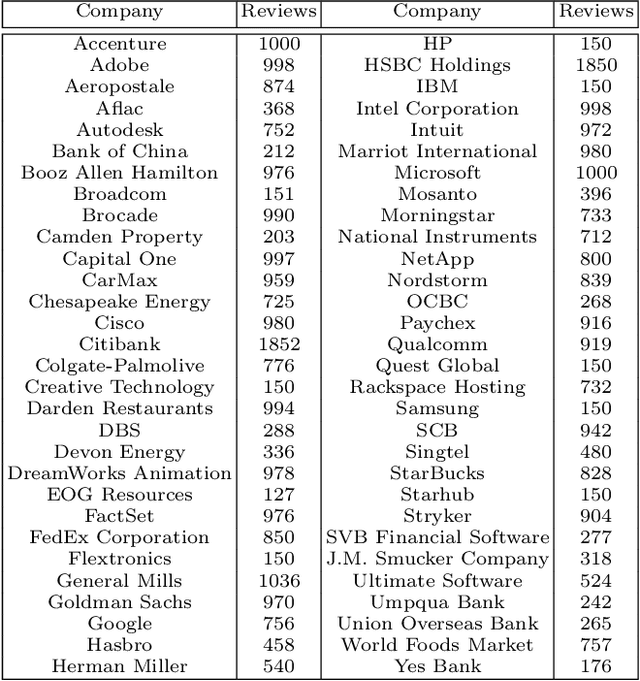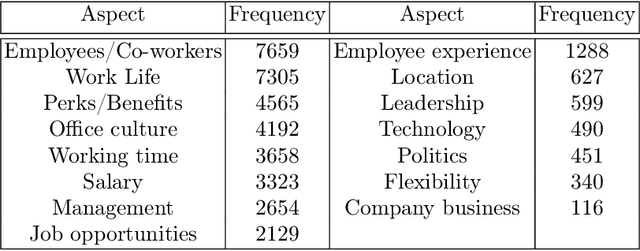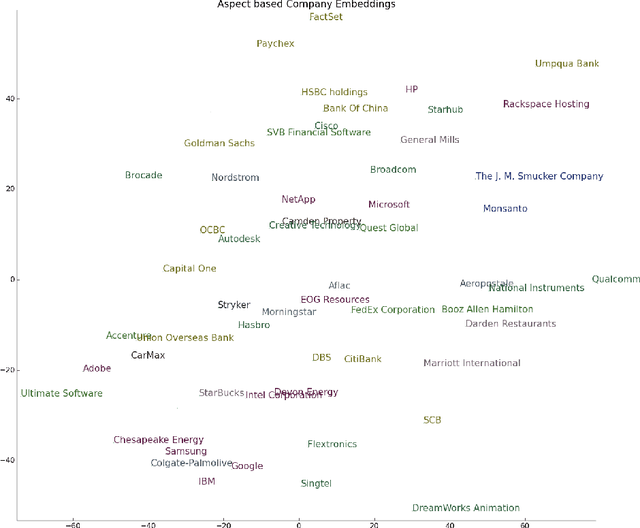Kunal Singh
SBSC: Step-By-Step Coding for Improving Mathematical Olympiad Performance
Feb 23, 2025Abstract:We propose Step-by-Step Coding (SBSC): a multi-turn math reasoning framework that enables Large Language Models (LLMs) to generate sequence of programs for solving Olympiad level math problems. At each step/turn, by leveraging the code execution outputs and programs of previous steps, the model generates the next sub-task and the corresponding program to solve it. This way, SBSC, sequentially navigates to reach the final answer. SBSC allows more granular, flexible and precise approach to problem-solving compared to existing methods. Extensive experiments highlight the effectiveness of SBSC in tackling competition and Olympiad-level math problems. For Claude-3.5-Sonnet, we observe SBSC (greedy decoding) surpasses existing state-of-the-art (SOTA) program generation based reasoning strategies by absolute 10.7% on AMC12, 8% on AIME and 12.6% on MathOdyssey. Given SBSC is multi-turn in nature, we also benchmark SBSC's greedy decoding against self-consistency decoding results of existing SOTA math reasoning strategies and observe performance gain by absolute 6.2% on AMC, 6.7% on AIME and 7.4% on MathOdyssey.
TRISHUL: Towards Region Identification and Screen Hierarchy Understanding for Large VLM based GUI Agents
Feb 12, 2025Abstract:Recent advancements in Large Vision Language Models (LVLMs) have enabled the development of LVLM-based Graphical User Interface (GUI) agents under various paradigms. Training-based approaches, such as CogAgent and SeeClick, struggle with cross-dataset and cross-platform generalization due to their reliance on dataset-specific training. Generalist LVLMs, such as GPT-4V, employ Set-of-Marks (SoM) for action grounding, but obtaining SoM labels requires metadata like HTML source, which is not consistently available across platforms. Moreover, existing methods often specialize in singular GUI tasks rather than achieving comprehensive GUI understanding. To address these limitations, we introduce TRISHUL, a novel, training-free agentic framework that enhances generalist LVLMs for holistic GUI comprehension. Unlike prior works that focus on either action grounding (mapping instructions to GUI elements) or GUI referring (describing GUI elements given a location), TRISHUL seamlessly integrates both. At its core, TRISHUL employs Hierarchical Screen Parsing (HSP) and the Spatially Enhanced Element Description (SEED) module, which work synergistically to provide multi-granular, spatially, and semantically enriched representations of GUI elements. Our results demonstrate TRISHUL's superior performance in action grounding across the ScreenSpot, VisualWebBench, AITW, and Mind2Web datasets. Additionally, for GUI referring, TRISHUL surpasses the ToL agent on the ScreenPR benchmark, setting a new standard for robust and adaptable GUI comprehension.
Aspect-Sentiment Embeddings for Company Profiling and Employee Opinion Mining
Feb 22, 2019



Abstract:With the multitude of companies and organizations abound today, ranking them and choosing one out of the many is a difficult and cumbersome task. Although there are many available metrics that rank companies, there is an inherent need for a generalized metric that takes into account the different aspects that constitute employee opinions of the companies. In this work, we aim to overcome the aforementioned problem by generating aspect-sentiment based embedding for the companies by looking into reliable employee reviews of them. We created a comprehensive dataset of company reviews from the famous website Glassdoor.com and employed a novel ensemble approach to perform aspect-level sentiment analysis. Although a relevant amount of work has been done on reviews centered on subjects like movies, music, etc., this work is the first of its kind. We also provide several insights from the collated embeddings, thus helping users gain a better understanding of their options as well as select companies using customized preferences.
 Add to Chrome
Add to Chrome Add to Firefox
Add to Firefox Add to Edge
Add to Edge